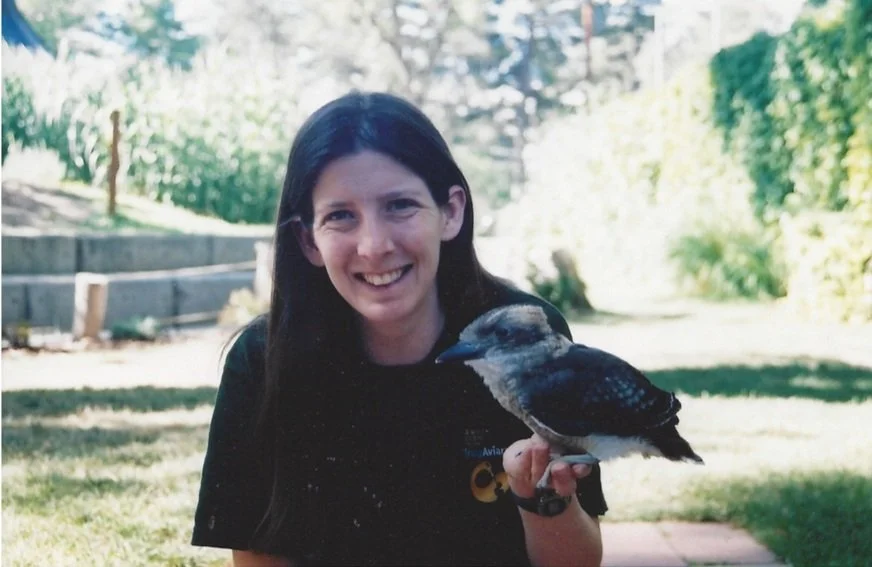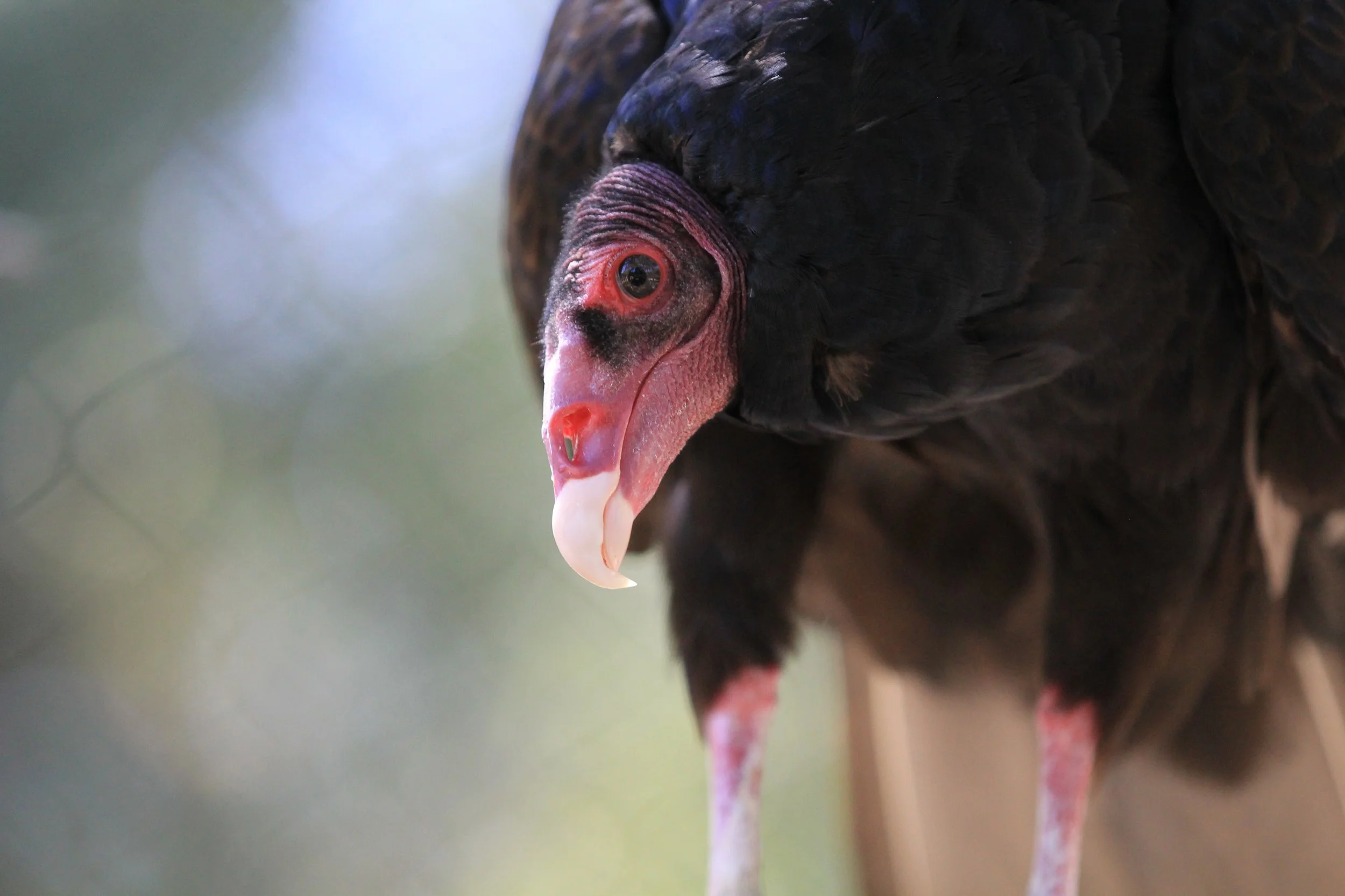Back in 2004, I was working in Utah at an all bird facility. I was in charge of the Bird Show Department. Of the 450 birds at the facility, the 35 in my care were the ones who had the privilege of being trained and becoming ambassador animals. Most of the animals I got to care for either came from wildlife rehabilitation or were unwanted pets. It was rare that I got to raise a bird from one of the exhibit pairs, but because of a program called SSP, now was my chance.
My Life with Animals: Timber Tale
Most people see me as a pretty confident, self-assured person, but the truth of the matter is that when it comes to raising these wild animals, I am always worried that I am going to mess it all up. When they turn out good, I am sure that it was luck and I had nothing to do with it. Up until this point I had been pretty lucky but I was sure that this time my luck was about to run out. I was failing with this animal and success didn’t look like a probable outcome.
VIDEO: Bobcat
Bobcats are the most abundant wildcat in North America but, being so elusive, it’s hard for anybody to ever spot one. Bobcats get their name from the shortened or bobbed tail. The coloration of a bobcat’s fur depends on where they live. If they live in the woods, they have a lot of spots. If they live in the open areas, it’s more solid.
VIDEO: Red Fox
The Red Fox are the largest member of the fox family. Their hearing is so good, they can hear a mouse 3 feet under snow. These fox were originally from England, but were brought with them around the world. They are now considered invasive species, which means they’re not supposed to be here and are causing harm to other wildlife.
VIDEO: Beavers
VIDEO: Lorikeets
VIDEO: Laughing Kookaburra
VIDEO: Turtles
VIDEO: Striped Skunk
Skunks are known for their stinky odor, but did you know that they only spray if they think their life is in danger? When skunks are afraid, they stomp their feet, backup, and scrape the ground to warn predators that they mean business. They can spray their pungent odor up to 14 feet in a stream or a mist.
VIDEO: American Badger
VIDEO: Turkey Vulture
Vultures are the single most important scavengers in the world. Turkey vultures are able to consume so many different types of viruses and bacterias that would normally kill other animals. Things like salmonella, anthrax, and even botulism. Because of this incredible immune system, vultures are really important with keeping us healthy.
Animal Recover Center Opening Ceremony
Community leaders and Turtle Bay supporters gathered on October 23, 2018 for a special dedication ceremony, recognizing the opening of the Senator Maurice and Marianne Johannessen Animal Recovery Center, a new multi-use building that allows Turtle Bay to give the best possible care to its animal ambassadors.
My Life with Animals: The Carr Fire
We all jumped back into our cars and rushed into the Park to start our evacuation protocols. Looking back now, it is so unreal. As we were running around packing up animals, I couldn’t believe how well each mammal kenneled when we asked. With our adrenaline pumping, they surely felt that something was wrong.
New Animal Recovery Center
New birds in Parrot Playhouse
My Life With Animals: The Littlest Addition
#ThisIsTurtleBay
Nashi | Raccoon
Chuckwalla
California Desert Tortoise
We do not know his exact history; however, most likely someone captured him and kept him as a pet. He was malnourished and his shell became deformed, most likely due to a lack of calcium. It is hardened now, but the plastron is still not shaped correctly. He also had a respiratory disease common to captive desert tortoises and he cannot be released into the wild.

























